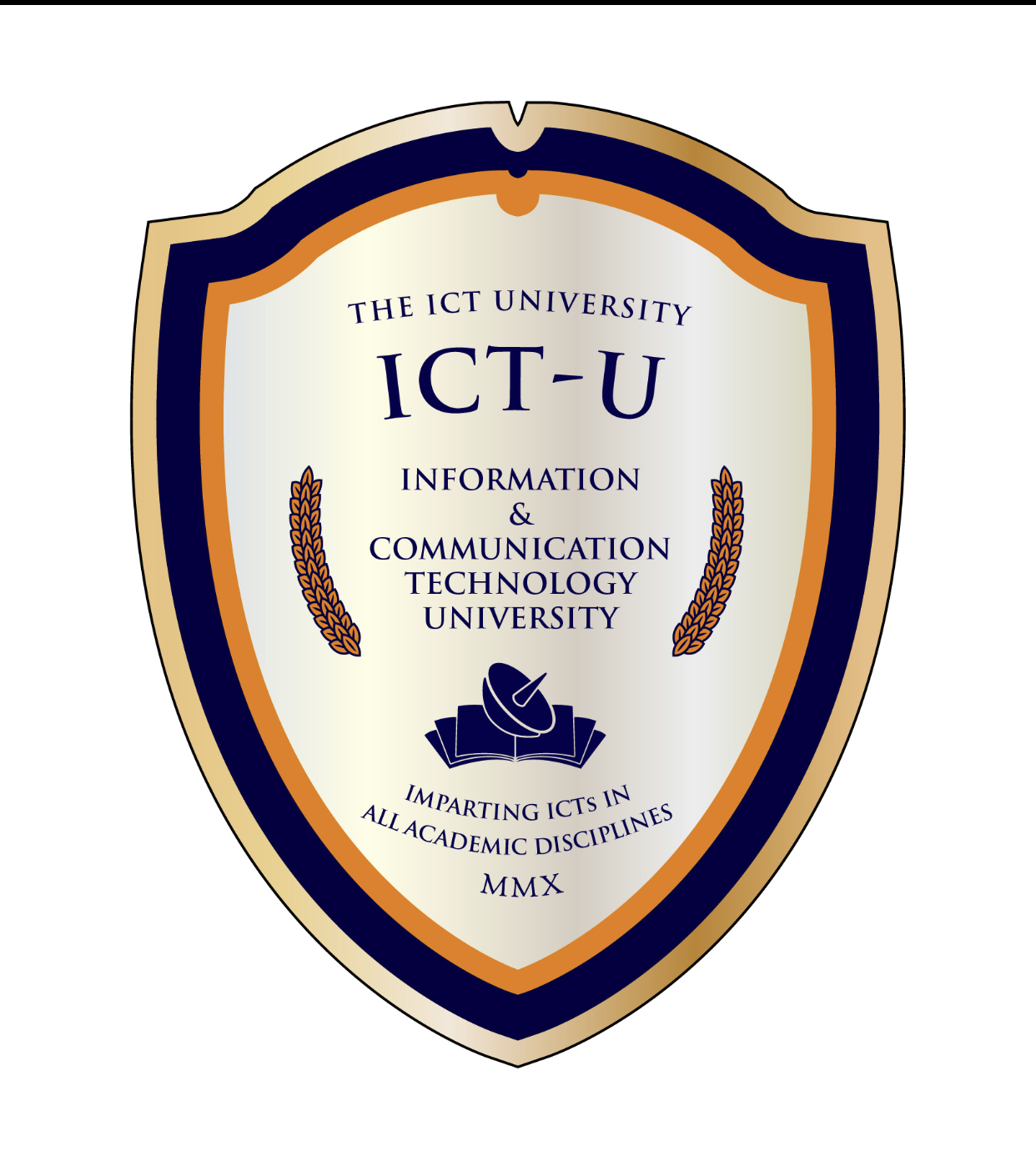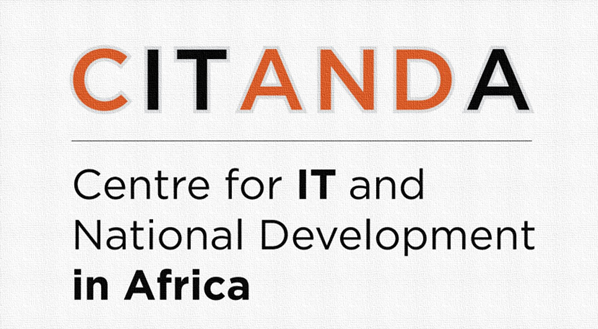Publication Date
7-2011
Abstract
Videoconferencing was used for training in dispersed settings, in which lectures were broadcast and trainees were able to ask questions and discuss issues with instructors and other participants. The aims of this study are, first, to discover how to properly align videoconferencing with specific training approaches and, second, to learn which technological solutions are appropriate for use in countries with poorly developed technical infrastructures. The trainees appreciated the opportunity to establish close contact with high-ranking officials, despite encountering various technical problems and their having a low level of skills in using the new instructional technology. Moreover, the technology enabled instructors to conduct the training and interact with participants much more efficiently than had they been limited to face-to-face lectures and meetings. However, the use of videoconferencing technology mainly for instruction delivery limited the interactive and reflexive qualities of the technology. Poor training design, resulting from the influence of traditional training practices and a general lack of knowledge of instructional technology, was identified as hindering the full exploitation of this technology. While synchronous video transfer is appropriate in countries with well functioning infrastructure, distribution of lectures in developing countries should be supplemented by pre-recorded CDs and files that can be downloaded on the web.


